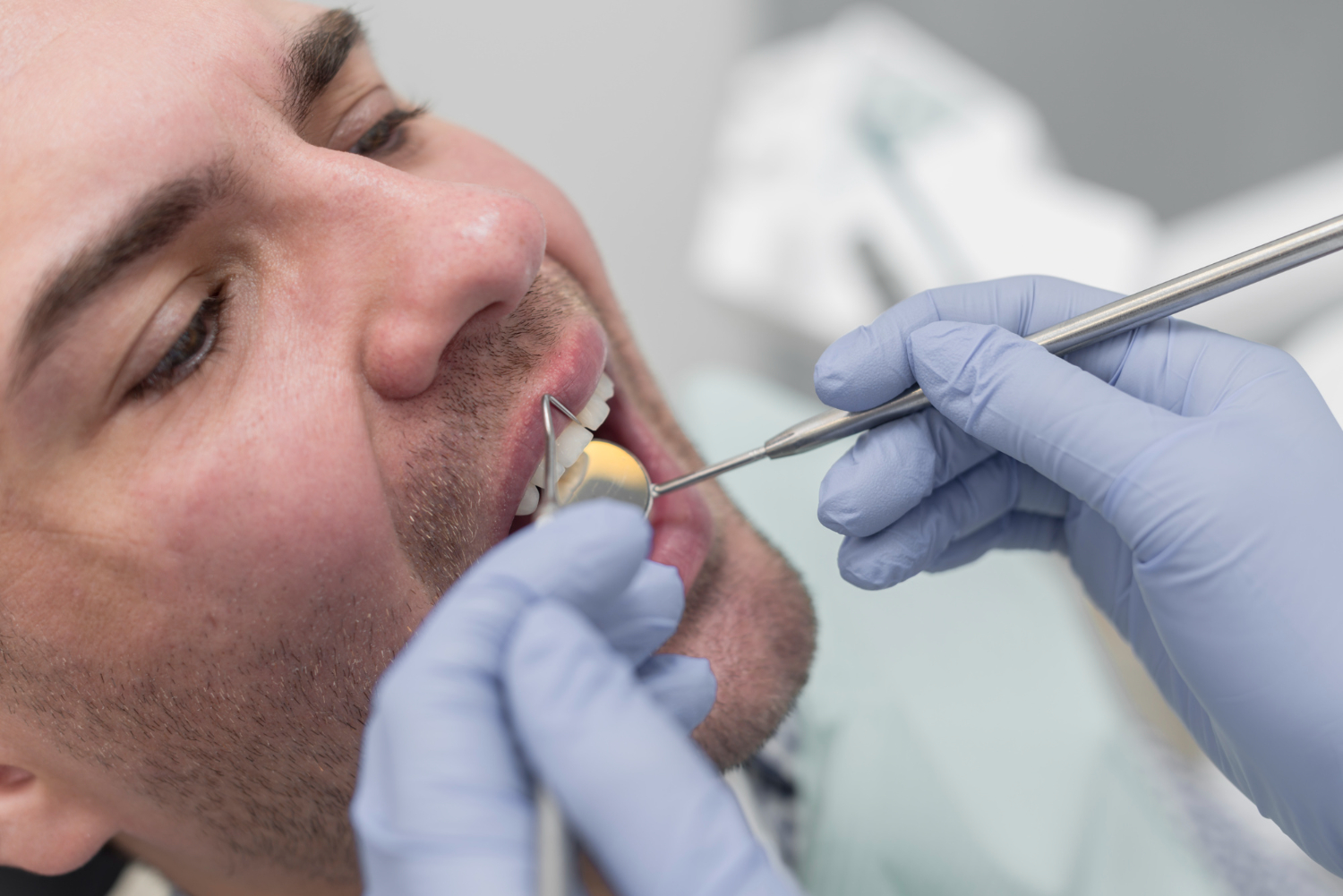Options for Your Cracked Tooth
A cracked tooth can be a frustrating and painful experience. Whether it’s from an unexpected accident or simply wear and tear over time, dealing with a cracked tooth requires quick and proper care. While it may seem like a minor issue, leaving a crack untreated can lead to further complications, including infection or tooth loss. Luckily, modern dentistry offers a variety of solutions to restore your tooth’s strength, functionality, and appearance.
Understanding the Severity of Your Cracked Tooth
The severity of a cracked tooth can vary widely depending on its location and the extent of the damage. A minor crack may only affect the outer enamel layer, while more severe cracks could extend deep into the tooth, affecting the pulp or nerve. Recognizing the severity of the crack is the first step in determining the appropriate treatment. In some cases, a simple repair may suffice, but in others, more intensive procedures will be necessary to prevent further damage and discomfort.

When to Choose Bonding for a Quick Fix
If you’ve experienced a small crack that doesn’t affect the tooth’s structure or cause significant pain, dental bonding may be the perfect solution. Bonding is a simple, minimally invasive procedure that uses a tooth-colored resin to fill in the crack and restore the tooth’s appearance and function. This option is ideal for cracks that are located on the front teeth or in visible areas where aesthetics are important.
Bonding can typically be completed in one dental visit, making it a quick and efficient option for patients who need a fast fix. A dentist will apply the bonding material directly to the crack, then shape it to match the natural contours of your tooth. After hardening the resin with a special light, the final step is polishing the tooth to create a smooth, natural finish. While bonding works well for minor cracks, it may not be suitable for more severe damage that requires more substantial restoration.
How Dental Crowns Restore Strength and Function
For cracks that affect the strength and function of your tooth, a dental crown is often the best solution. Crowns are designed to fully cover and encase a damaged tooth, providing protection and restoring its original strength. A crown is especially effective when a crack extends deep into the tooth, weakening its structure and making it more prone to breaking.
A dental crown can be made from a variety of materials, including porcelain, metal, or a combination of both. Porcelain crowns are popular for front teeth because they blend seamlessly with your natural tooth color, while metal crowns are often used for molars due to their strength and durability. The process of placing a crown typically involves two visits: the first for preparing the tooth and taking impressions, and the second for placing the crown. Dental crowns not only restore function but also protect the tooth from further damage, giving you peace of mind knowing your tooth is secure.

Exploring the Benefits of a Root Canal for Severe Cracks
When a crack extends into the pulp or nerve of your tooth, a root canal may be necessary to save the tooth. A root canal involves removing the damaged or infected tissue from the inside of the tooth and then sealing it to prevent further infection. This procedure is typically performed when the crack has caused significant pain or sensitivity, as the nerves inside the tooth become exposed or damaged.
Though many people fear root canals, the procedure is generally straightforward and highly effective at relieving pain. After the root canal, your dentist will usually place a crown on the tooth to restore its shape, strength, and function. Root canals not only prevent tooth loss but also save you from the more complicated procedure of extracting the tooth. If your tooth is severely cracked and the pulp is affected, a root canal offers a chance to keep your natural tooth intact and maintain a healthy smile.
The Role of Veneers in Enhancing Your Tooth’s Appearance
Veneers are thin shells of porcelain or composite resin that are bonded to the front surface of your teeth to improve their appearance. While they’re typically used for cosmetic purposes, veneers can also be used to address minor cracks on the front teeth. If a crack is small but noticeable, veneers can cover the damage and restore the tooth’s smooth, uniform look.
In addition to enhancing the appearance of your cracked tooth, veneers can also provide added strength to the tooth’s surface. The procedure involves removing a small amount of enamel from the tooth to make room for the veneer, then bonding the veneer in place. Because they are custom-made to fit your tooth, veneers can be an excellent choice for patients who want a quick and aesthetically pleasing solution to minor cracks.

Why Extraction Might Be Necessary in Certain Cases
In some cases, the damage from a cracked tooth is so severe that extraction may be the only viable option. If the crack has caused extensive damage to the tooth’s structure, making it impossible to restore it through other means like crowns or root canals, extraction becomes necessary. This is particularly true when the tooth becomes infected and cannot be salvaged.
While extraction is often seen as a last resort, it can sometimes be the best option to avoid further complications, such as the spread of infection or ongoing pain. After extraction, your dentist may recommend a dental implant, bridge, or partial denture to replace the lost tooth. Extraction can be a difficult decision, but with the right care and a skilled Maple Ridge dentist, it can be the best path to maintaining your overall dental health.
Comparing the Longevity of Different Treatment Options
Each treatment option for a cracked tooth comes with its own set of advantages, but longevity is an important consideration. Dental bonding, for example, can last several years with proper care but may need to be replaced over time due to wear and tear. Crowns, on the other hand, are durable and can last 10–15 years, depending on the material used and the amount of stress placed on the tooth.
Root canals paired with crowns offer a long-term solution, often lasting many years or even a lifetime if properly maintained. Veneers, while providing excellent cosmetic results, typically last 10–15 years before needing replacement. A Maple Ridge dentist can help you weigh the pros and cons of each option, considering factors like cost, durability, and the level of damage to your tooth.
Get Your Cracked Tooth Fixed Today with Lumina Dental for Expert Care
When it comes to cracked teeth and dental support, Lumina Dental is here to help you with expert care and personalized solutions. Our team of experienced professionals will guide you through the best treatment options for your cracked tooth, ensuring that you achieve optimal results. Whether you need a crown, root canal, bonding, or veneers, we have the expertise to restore your smile. Contact us today and take the first step toward a healthier, stronger smile.











